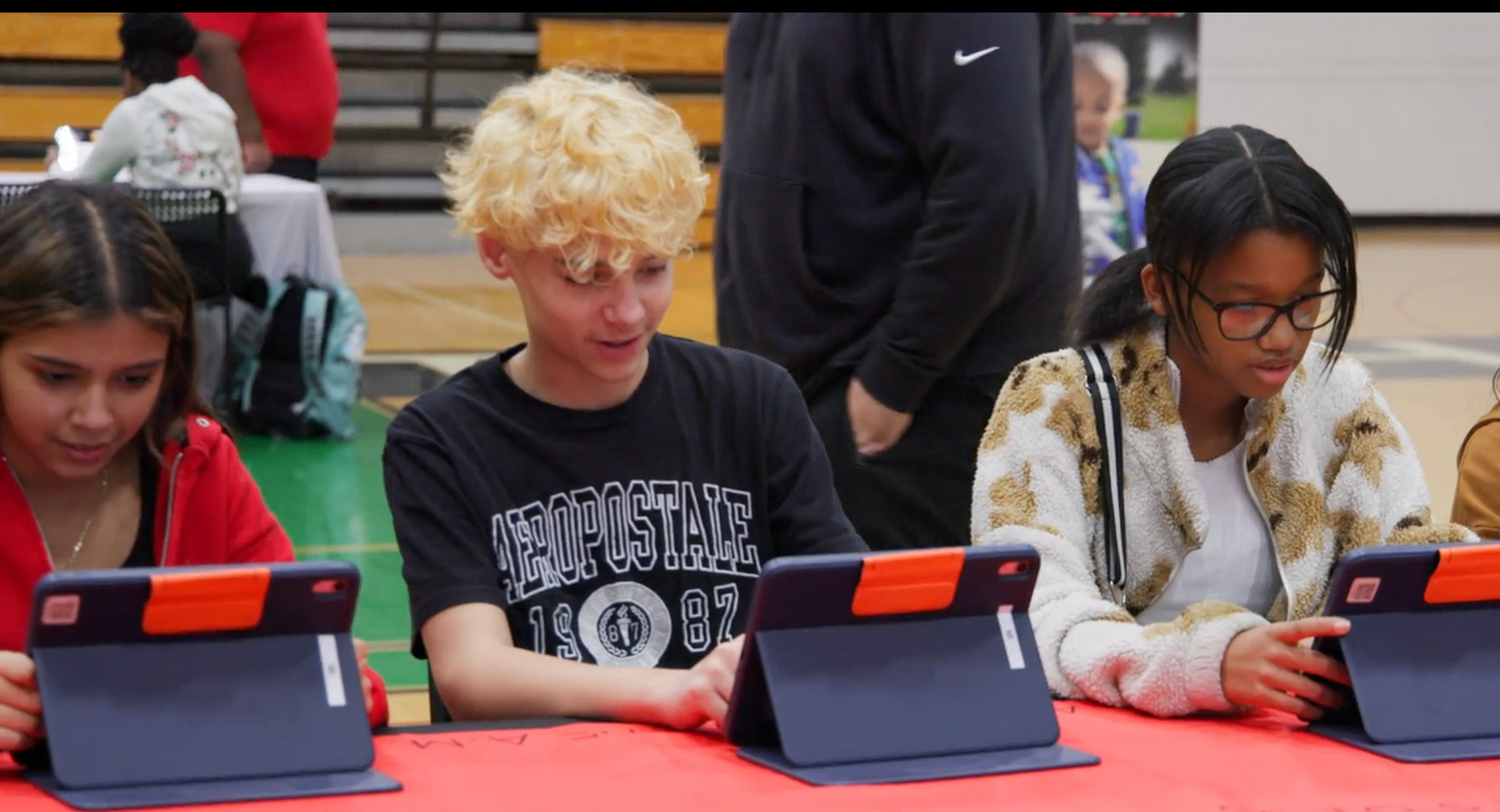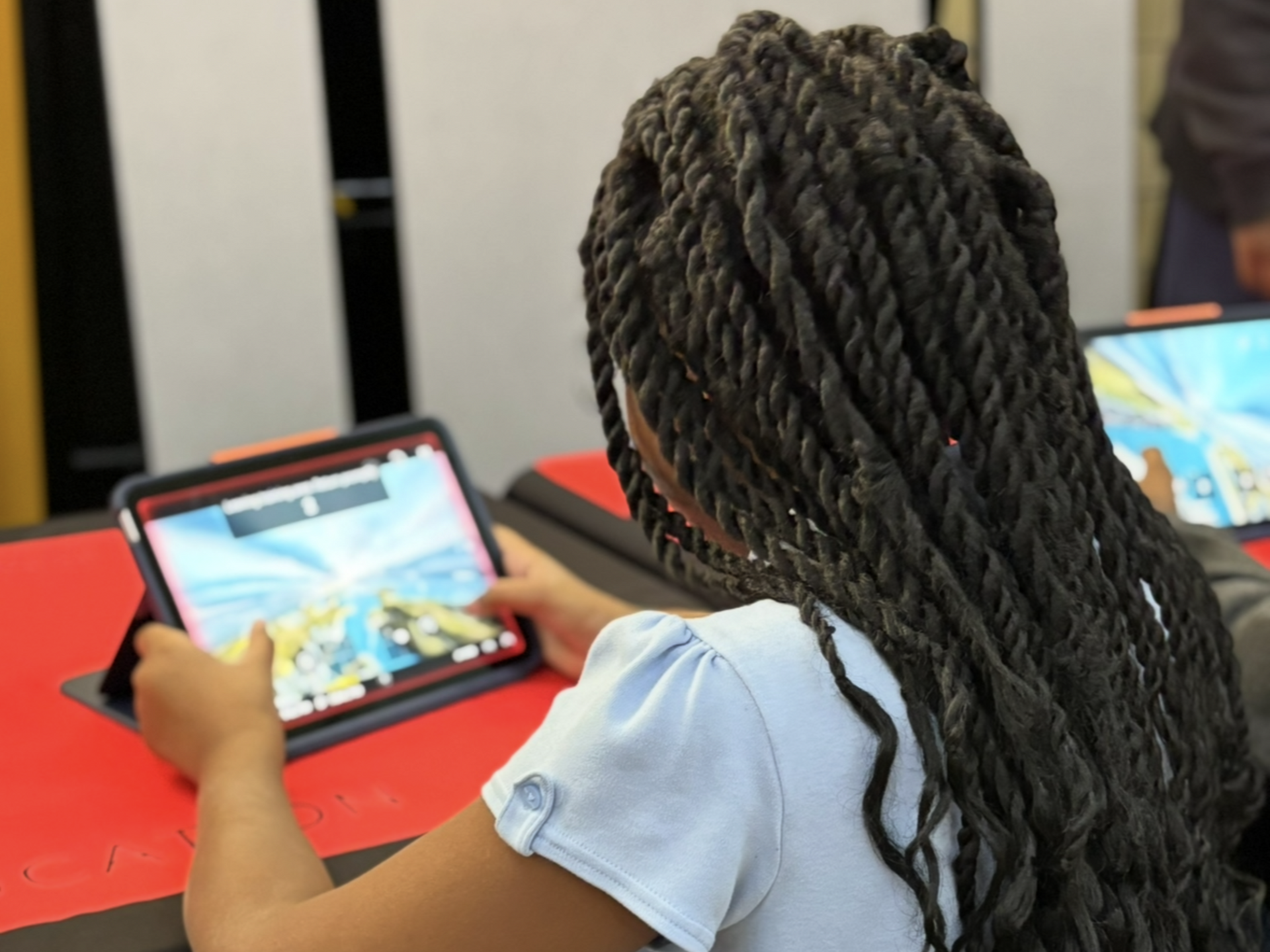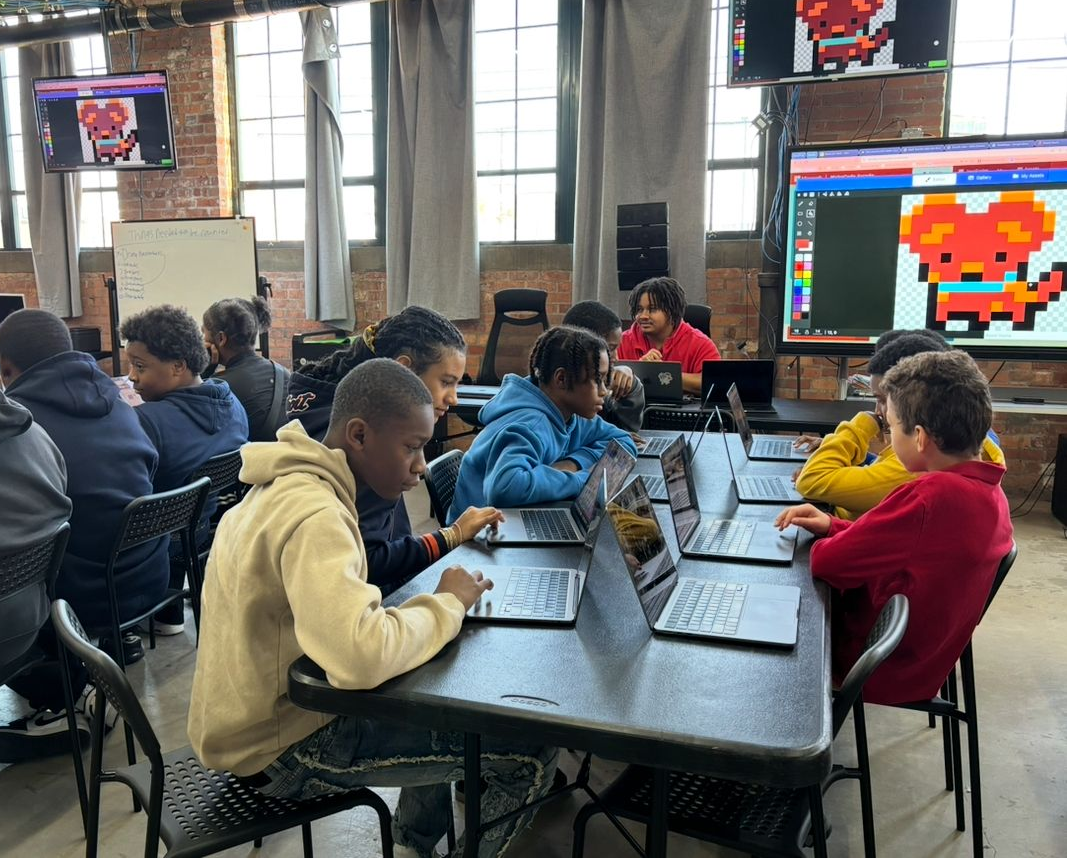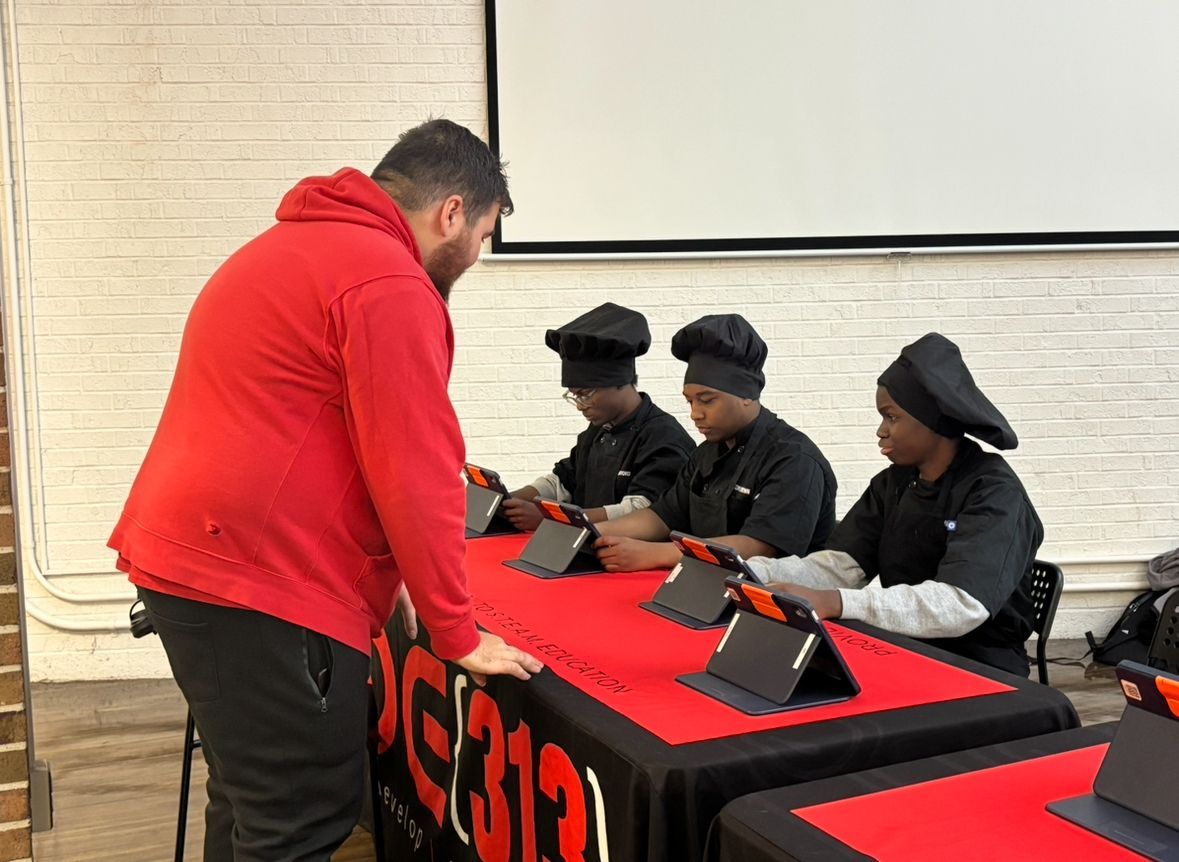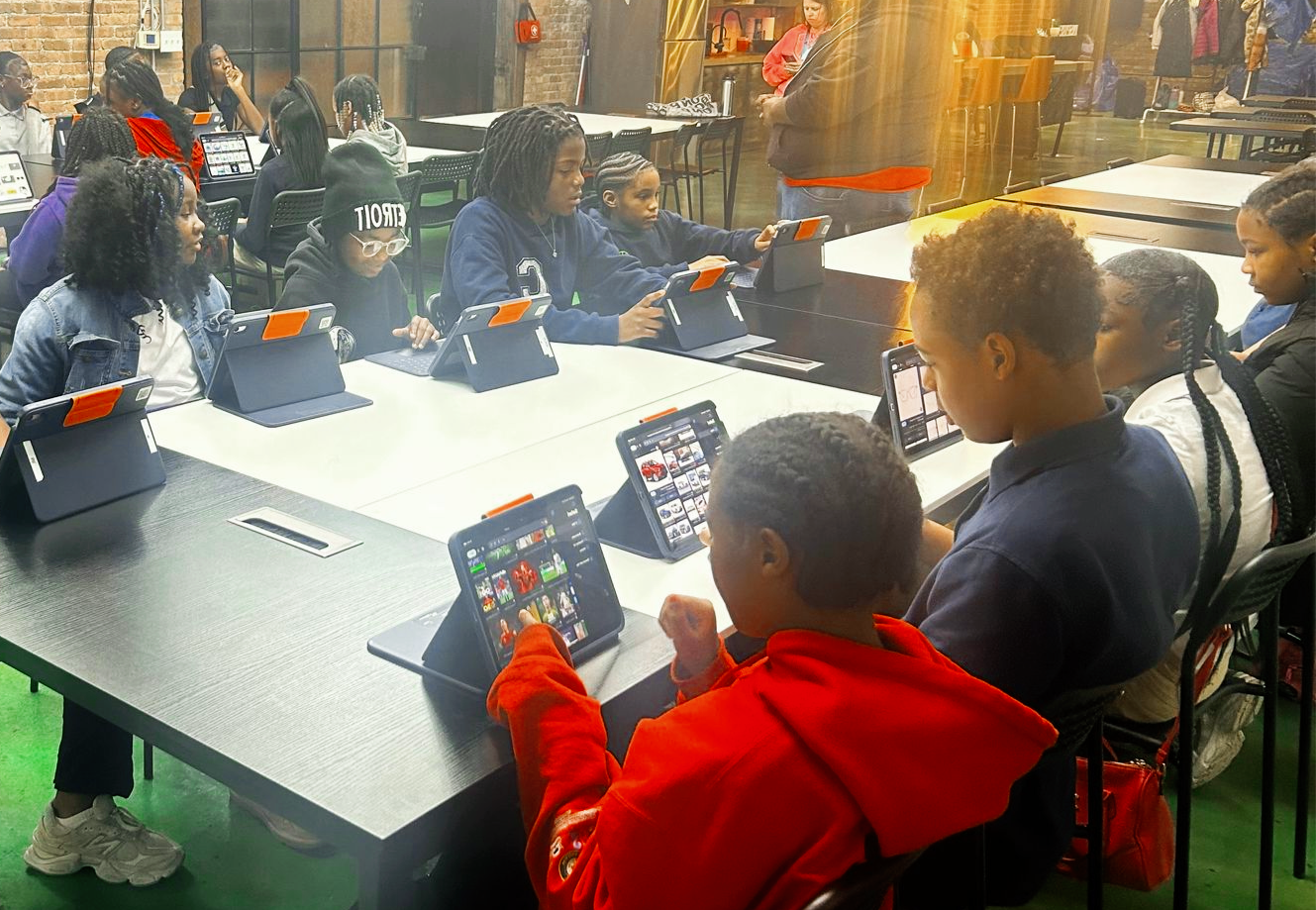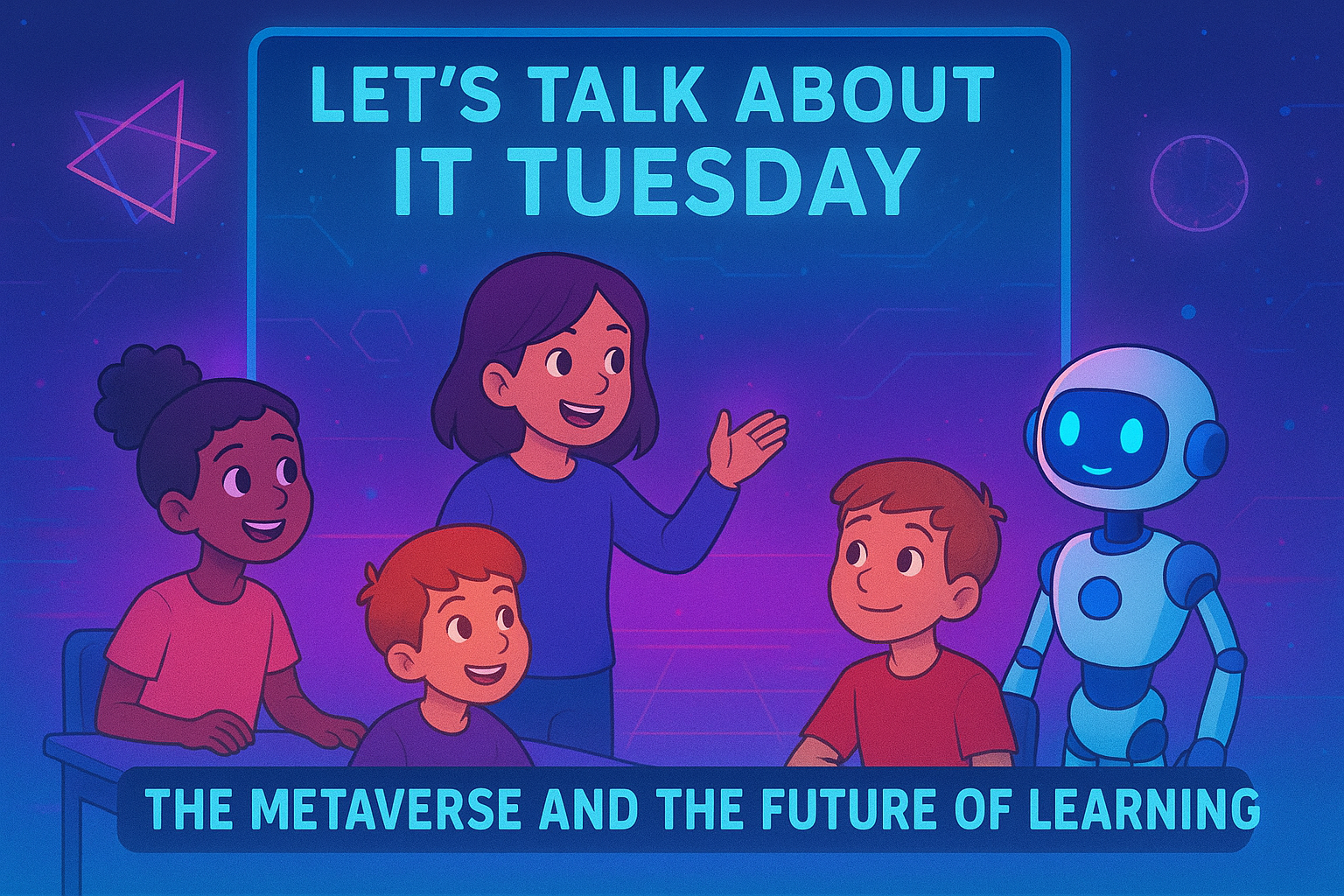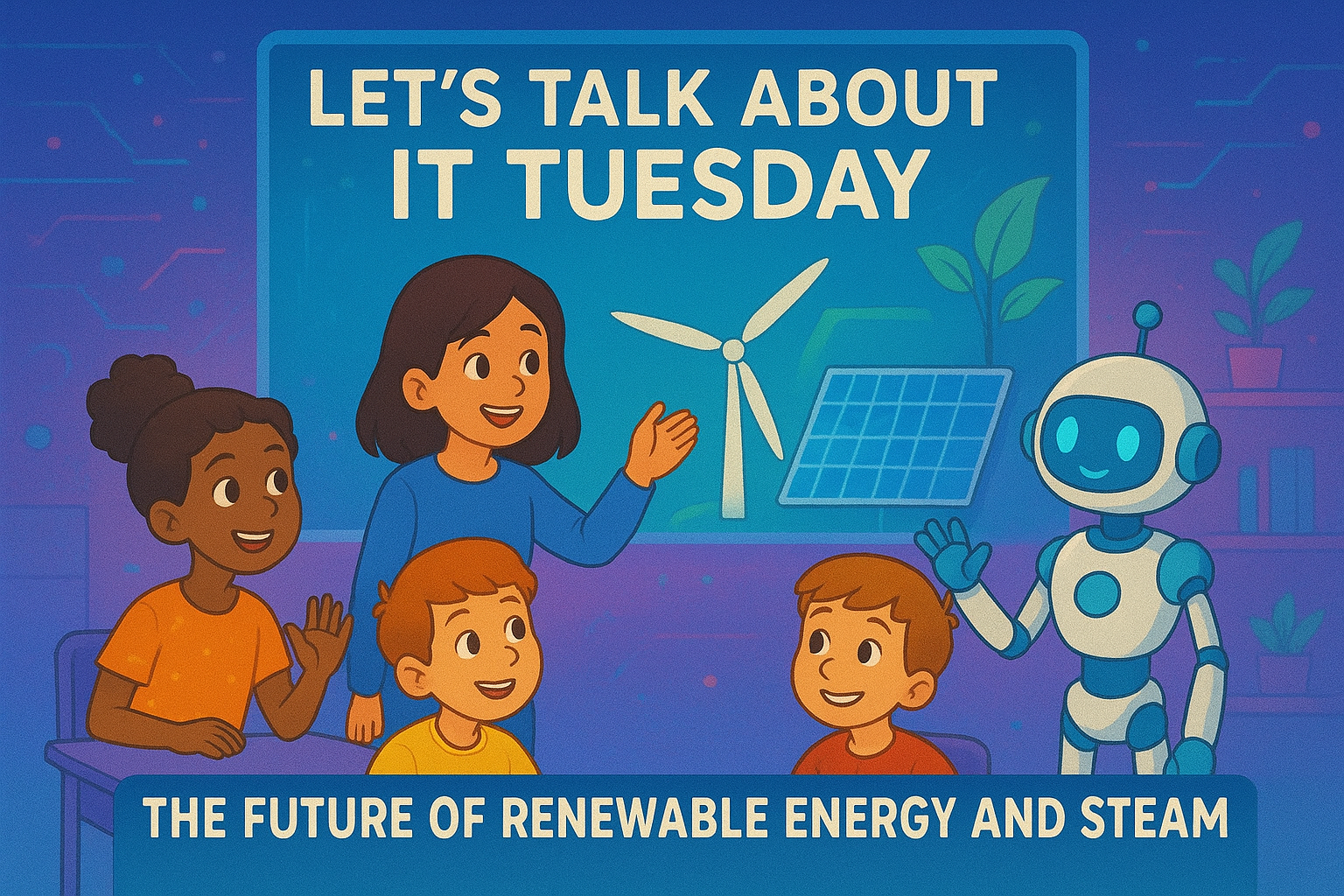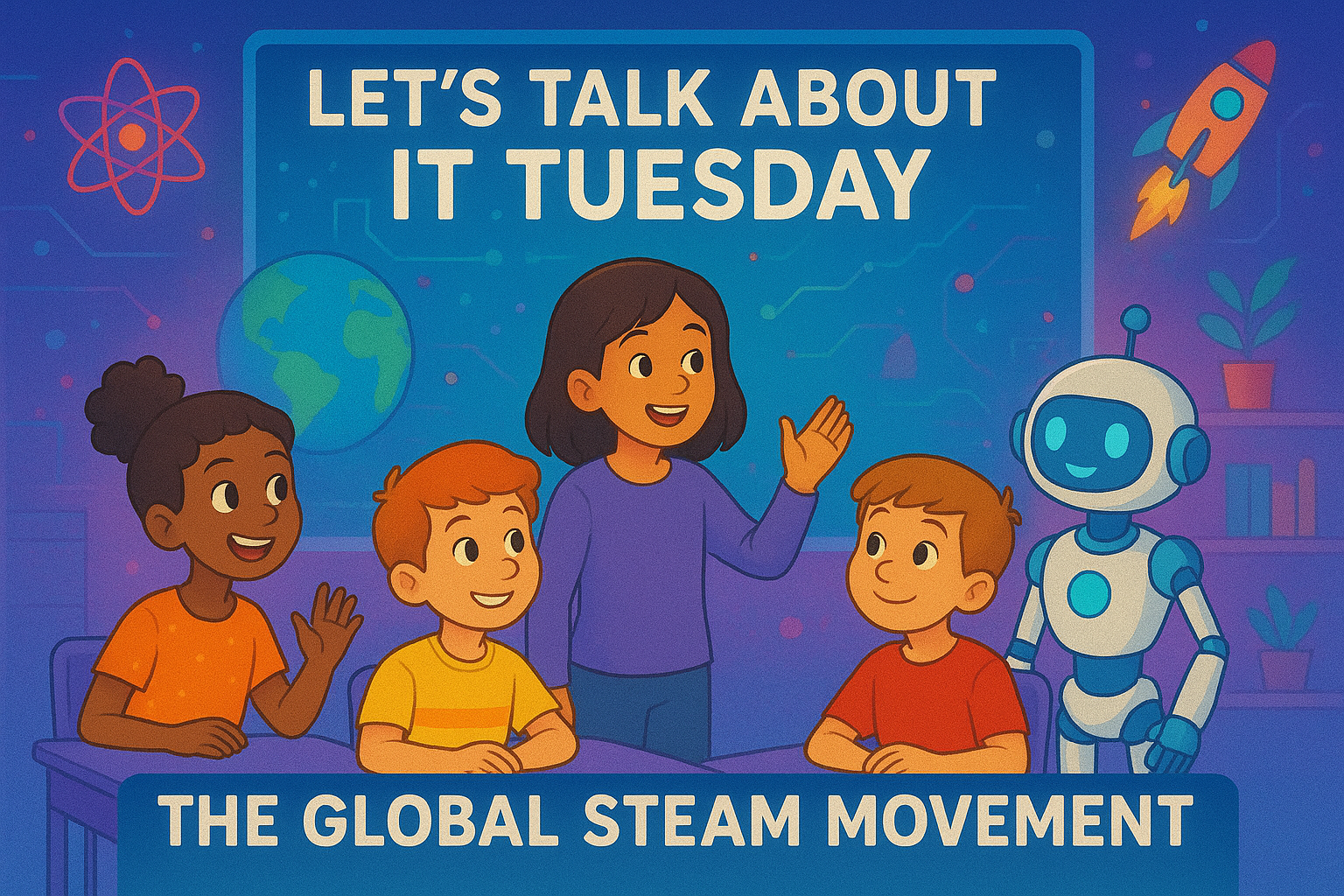Let’s Talk About It Tuesday: Why Teamwork in S.T.E.A.M Education Builds Future Leaders
Let’s Talk About It Tuesday:
Why Teamwork in S.T.E.A.M Education Builds Future Leaders
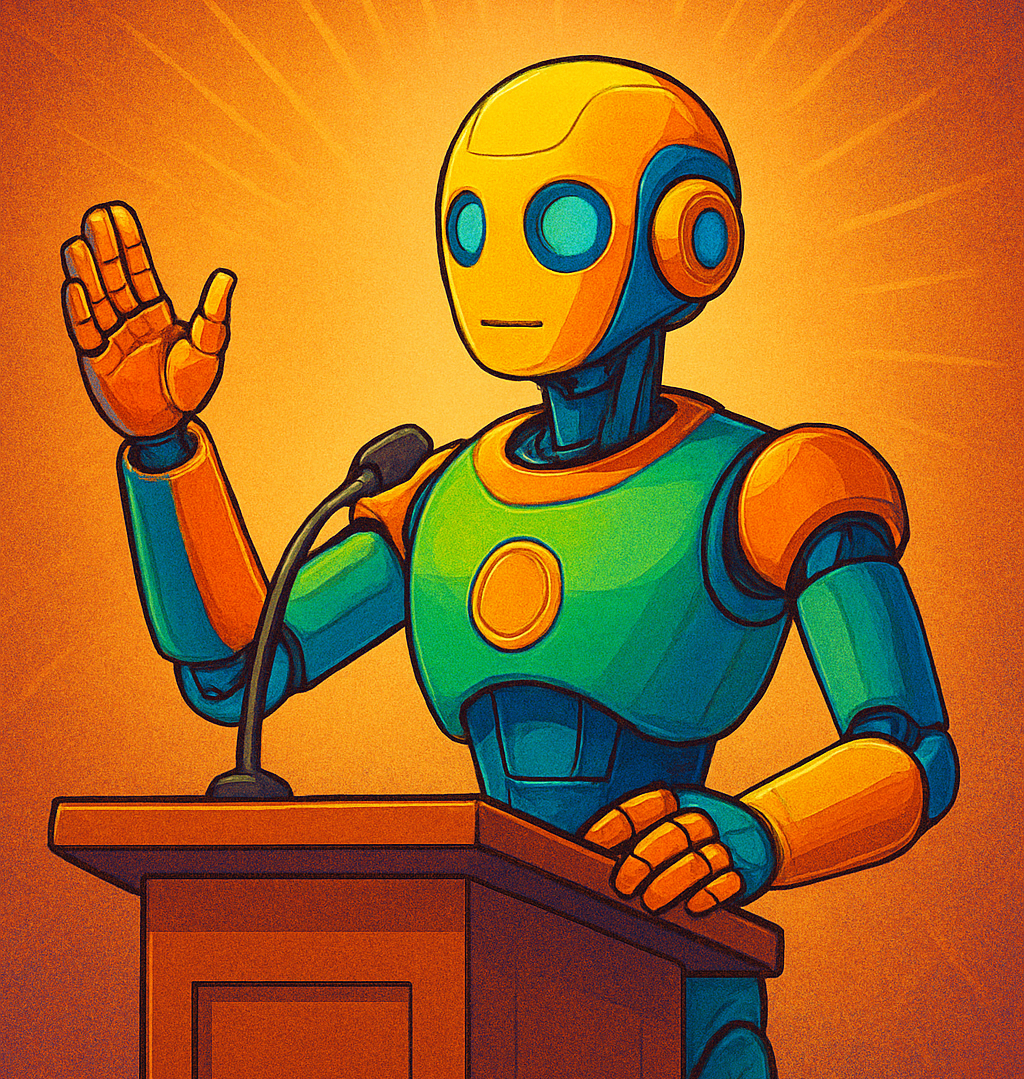
Why Teamwork in S.T.E.A.M Education Builds Future Leaders
When we think of STEAM Science, Technology, Engineering, Arts, and Math, we often picture coding projects, robotics, or creative design. But there’s one element that makes all of these activities truly powerful: teamwork.
Today, let’s talk about it: how collaboration in STEAM not only builds projects, but also builds leaders ready to take on the future.
Beyond the Solo Genius Myth
For a long time, innovation was portrayed as the work of a lone genius. But history (and the present) tells a different story. From the creators of the internet to the teams at NASA, Apple, or Pixar, real breakthroughs come from groups of people working together, combining different skills and perspectives.
In STEAM education, teamwork is built into the process. Students must brainstorm, problem-solve, and create as a unit which are skills that matter just as much as coding or calculations.
The Skills Teamwork Builds
Working in STEAM groups helps students strengthen:
- Communication – Explaining complex ideas in ways others can understand.
- Collaboration – Learning to respect and combine different viewpoints.
- Creativity – Building on each other’s ideas to spark innovation.
- Conflict Resolution – Navigating challenges and disagreements productively.
- Leadership & Responsibility – Learning when to lead, when to support, and how to share ownership.
These are the skills future employers and communities need most.
Teamwork in Action: Real Examples
- A robotics team where one student codes, another designs, another manages strategy, and all contribute to the final build.
- A music-tech project where some students compose, others engineer the sound, and others create the visuals.
- A climate change project where students mix data science with storytelling to present solutions.
In each case, the outcome is stronger because no single person could do it all.
Why It Matters for the Future
The jobs of tomorrow will demand people who can work across disciplines. Engineers who understand design, artists who understand tech, scientists who can communicate to the public, all equating to roles that require teamwork.
By practicing these skills early in STEAM education, students don’t just prepare for careers, they prepare to lead, collaborate, and innovate in a connected world.
Where Do We Go from Here?
As schools and programs continue to adopt STEAM, the focus shouldn’t just be on the projects themselves, but on the people who create them together. After all, the inventions of the future will come from teams who know how to dream big, side by side.
Let’s keep the conversation going:
- What’s the best team project you’ve ever been part of?
- Do you think collaboration or individual work sparks more creativity?

